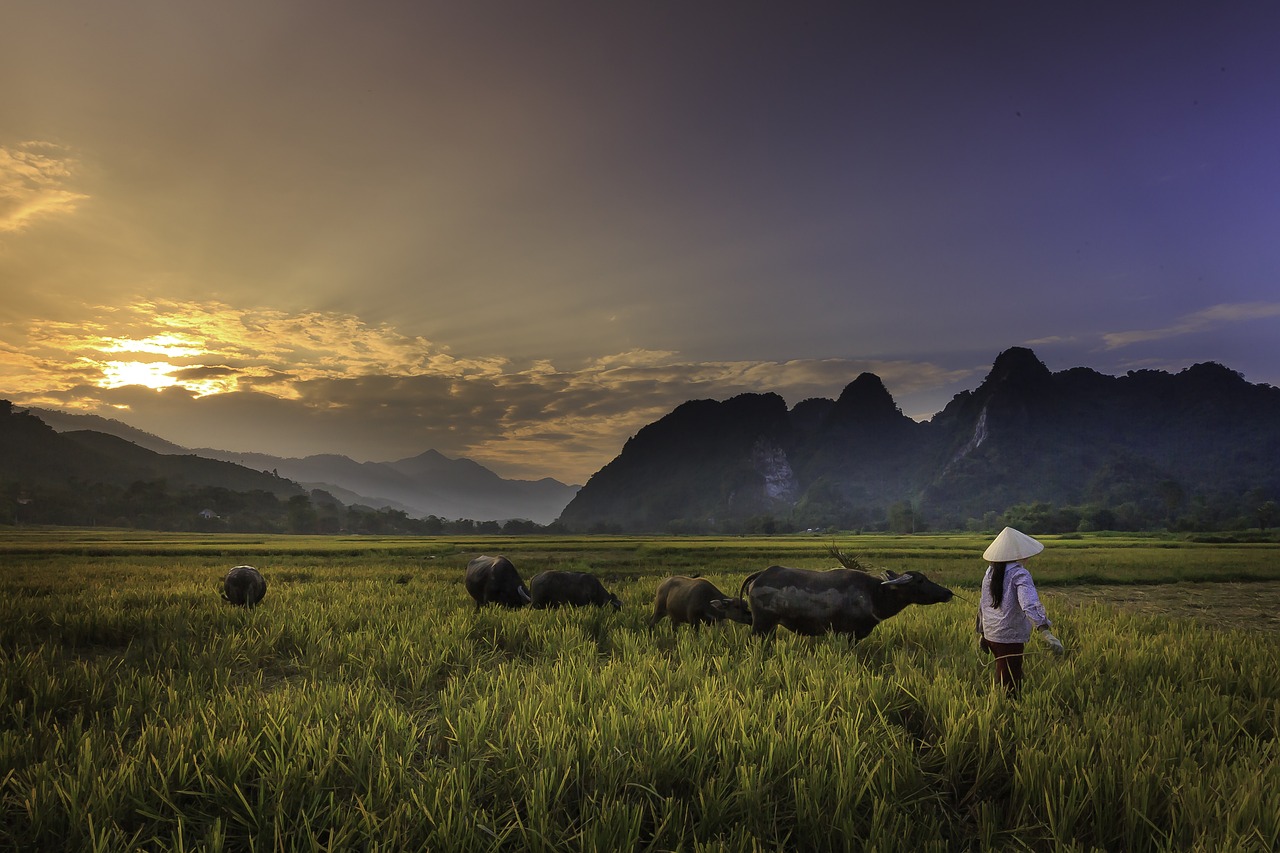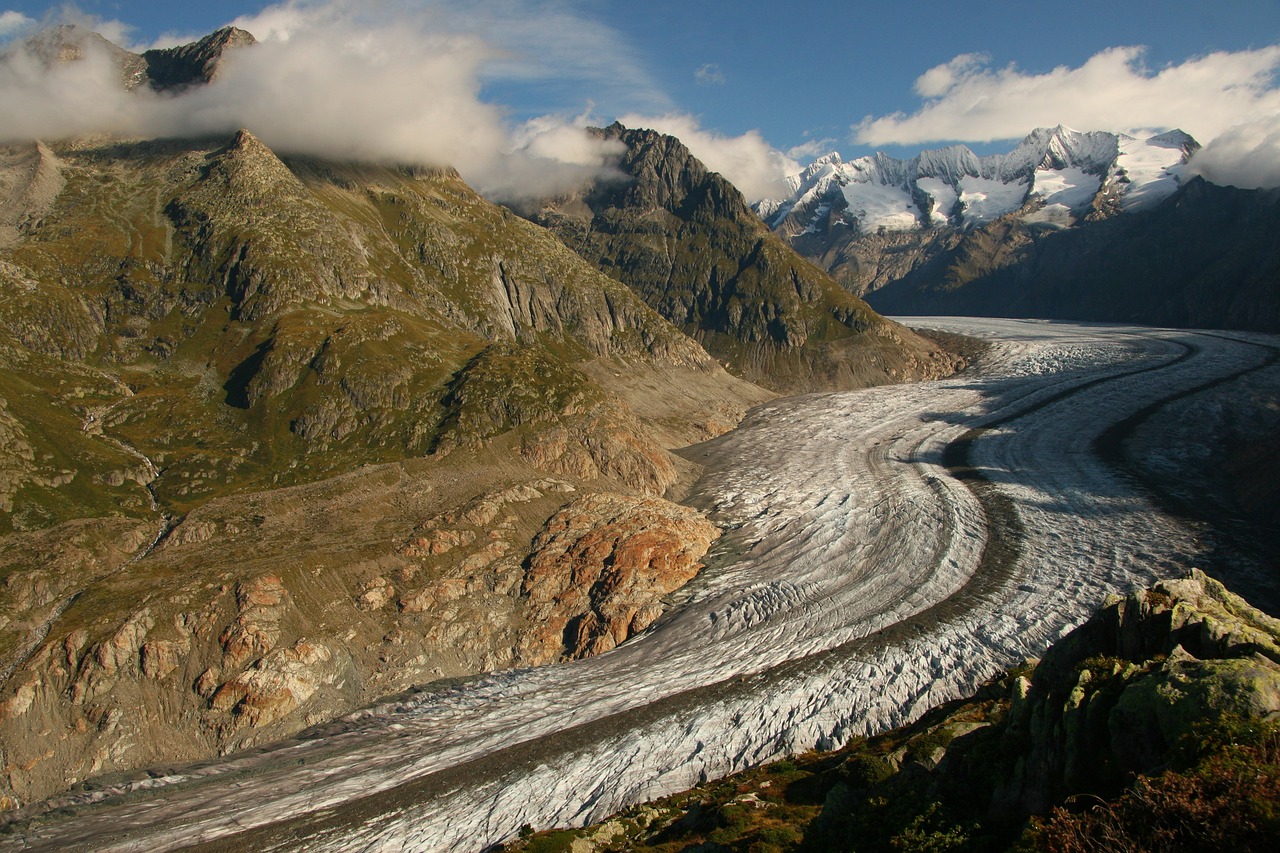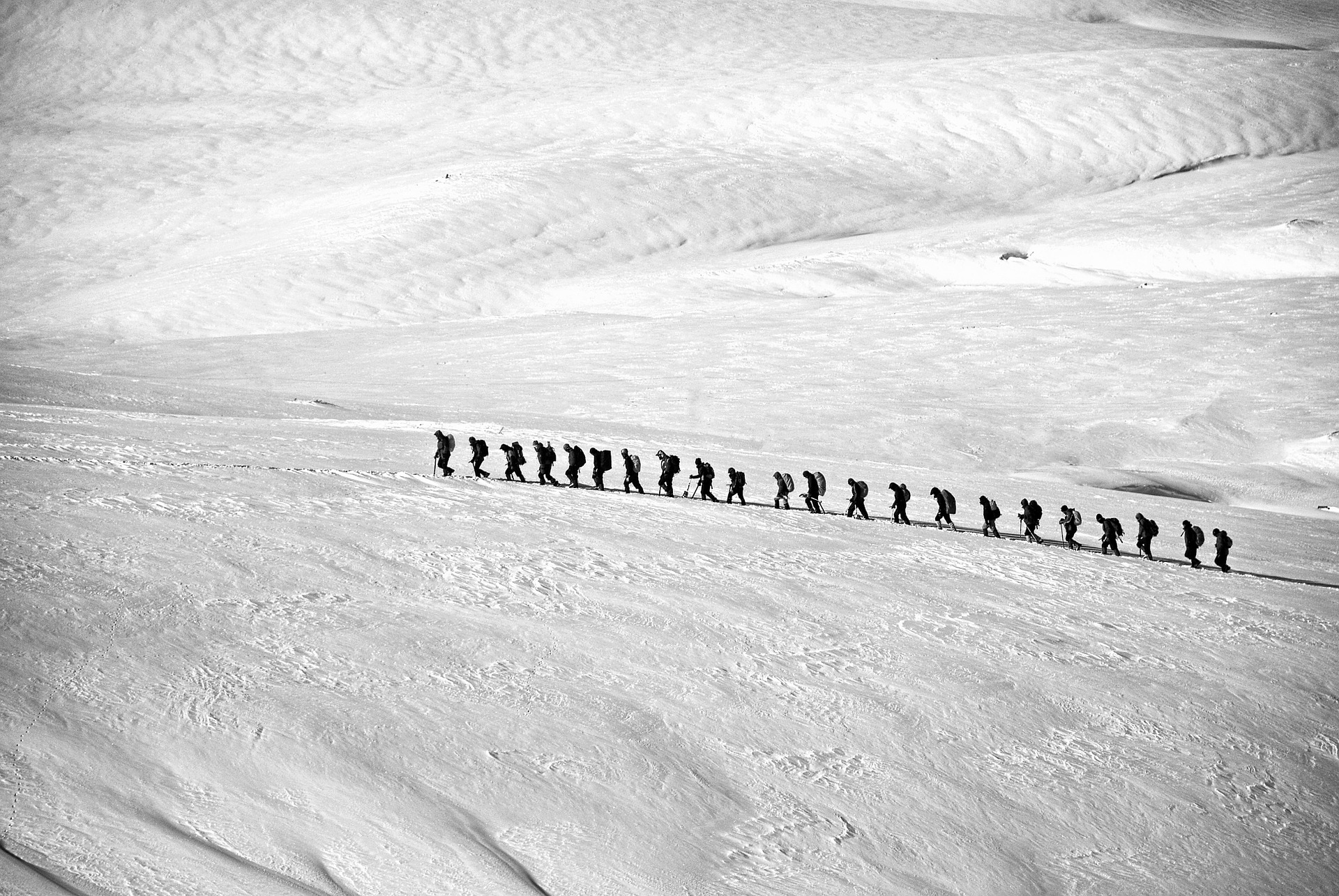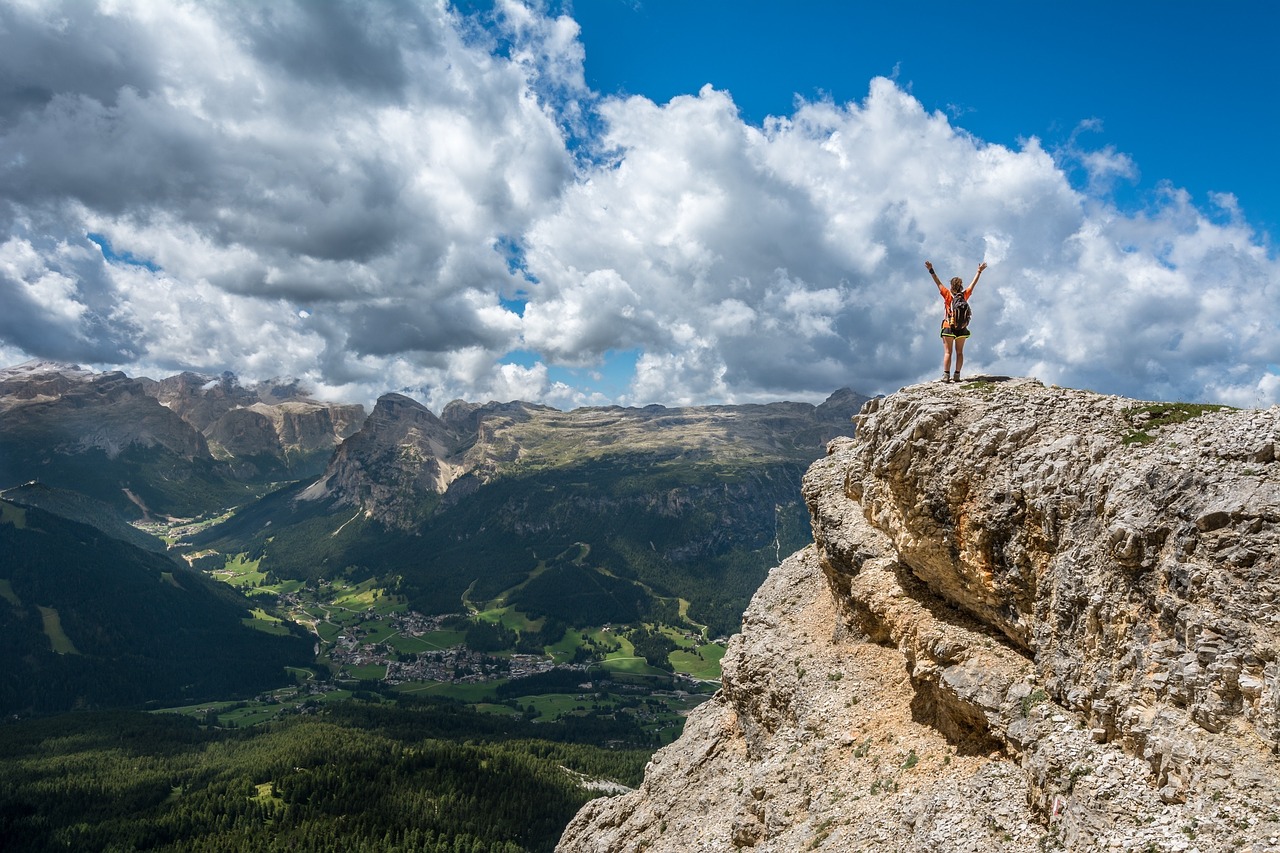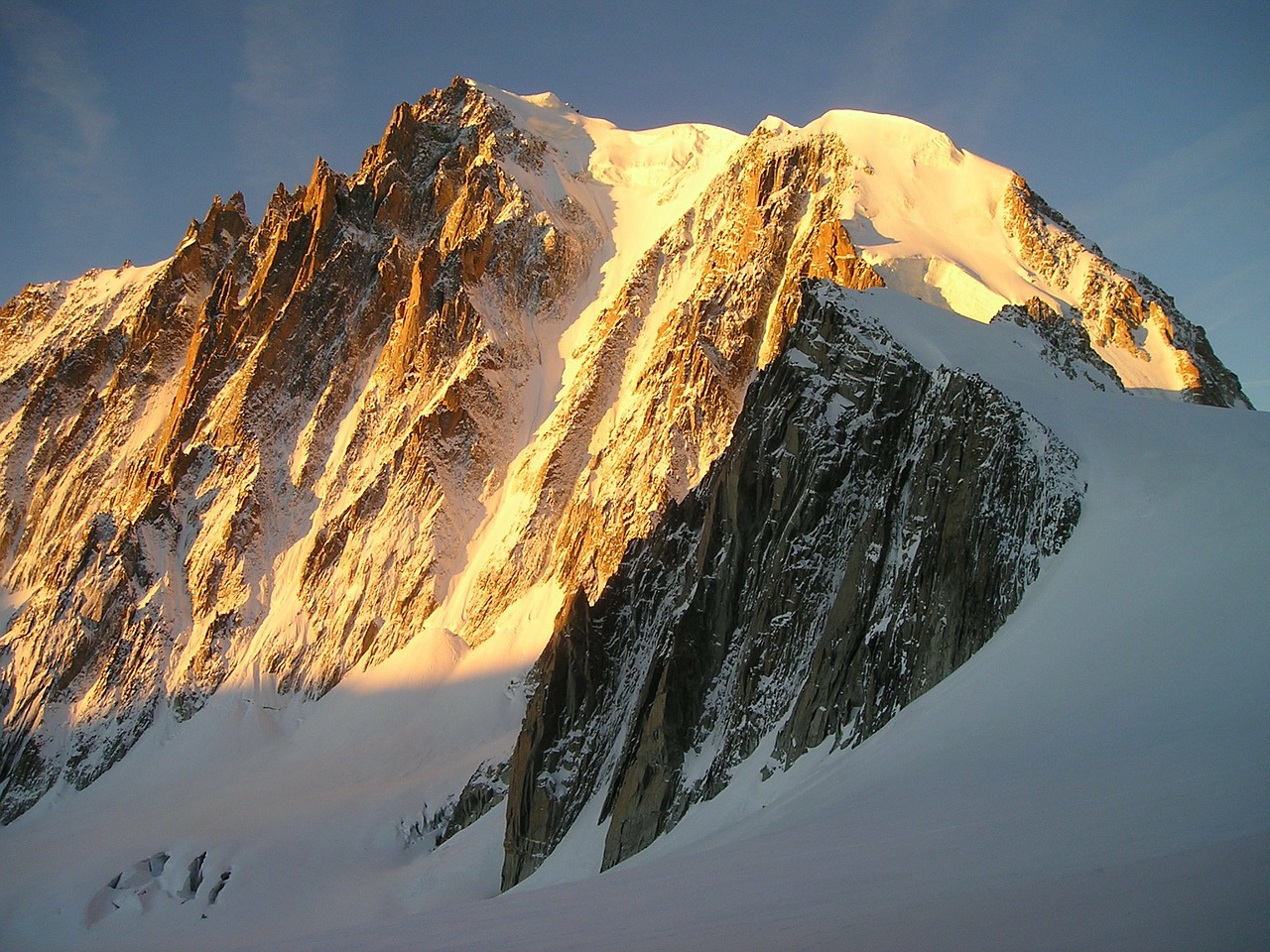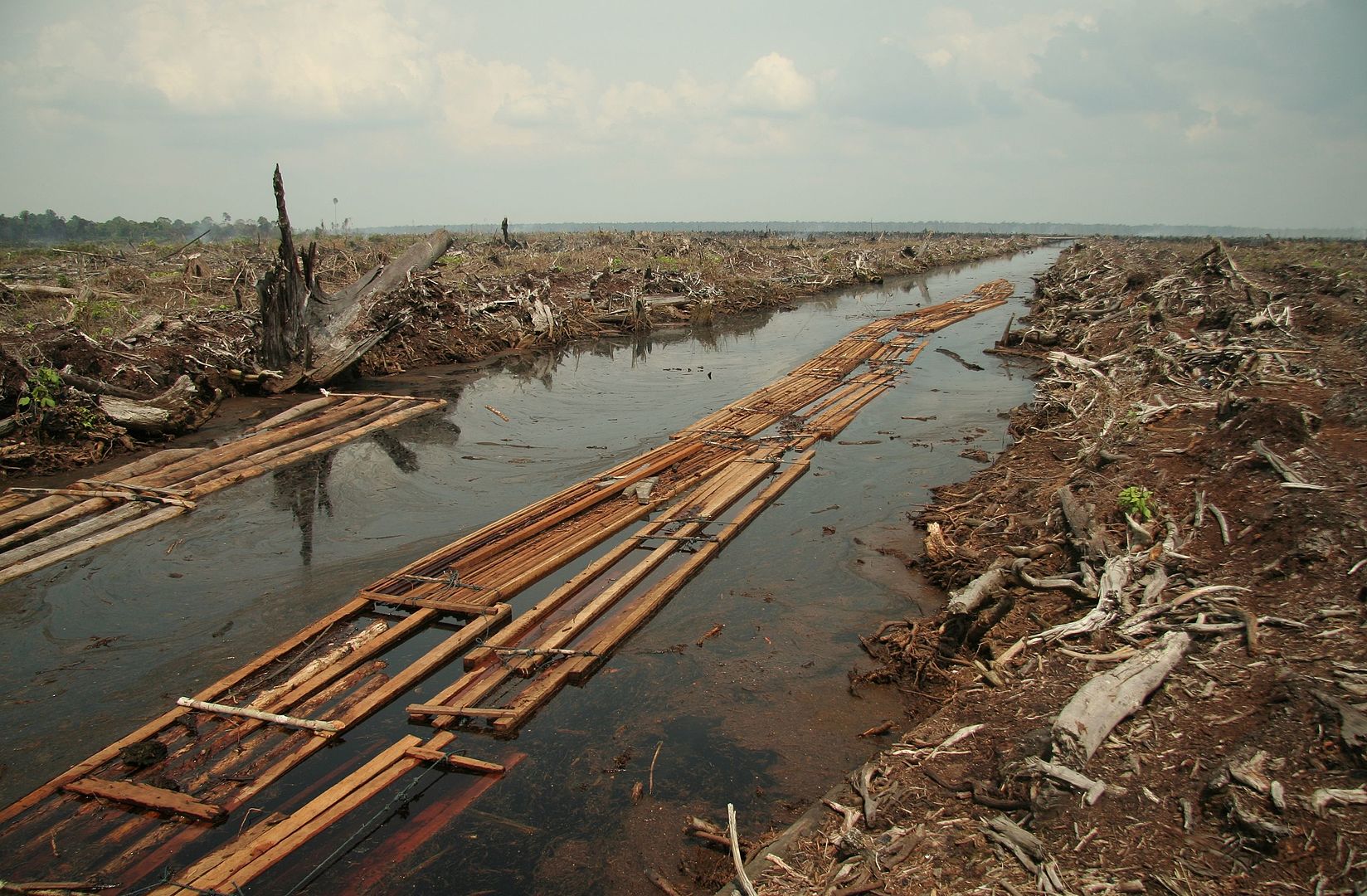News
- Details
- Category: Global News
Achieving human well-being and eradicating poverty for all: reaching this goal by 2030 is still possible, but only through a fundamental change in the relationship between people and nature and concerted global efforts to reduce social inequalities. This is according to the 2019 UN Global Sustainable Development Report, released earlier this month.
The UN Global Sustainable Development Report – The Future is Now: Science for Achieving Sustainable Development – evaluates progress on the 2030 Sustainable Development Agenda, and is the first report of its kind since the Sustainable Development Goals (SDGs) were adopted four years ago. It was drafted by an independent group of scientists, co-chaired by Peter Messerli, Director of the Centre for Development and Environment, and Endah Murniningtyas, former Deputy Minister for Natural Resources in Indonesia.
- Details
- Category: Global News
The largest glacier in the Alps is visibly suffering the effects of global warming. ETH researchers have now calculated how much of the Aletsch Glacier will still be visible by the end of the century. In the worst-case scenario, a couple patches of ice will be all that’s left.
Every year, it attracts thousands of visitors from around the world: as the largest ice flow in the Alps, the Great Aletsch Glacier is a major tourism draw in the Swiss region of Upper Valais, second only to the Matterhorn. In the summer, its meltwater plays a key role in providing sufficient water to the dry Rhone valley.
Yet as the climate becomes ever warmer, the massive glacier is suffering just as much as the Matterhorn, which is beginning to crumble. The Aletsch Glacier’s tongue has receded by about one kilometre since the year 2000, and scientists predict this trend will continue over the coming years. But how will things look for the Great Aletsch Glacier by the end of the century? How much of it will still be visible from, say, the nearby Eggishorn or the Jungfraujoch?
- Details
- Category: MRI News
The MRI needs your help. Here at the MRI Coordination Office we are working on a brand new Expert Database, and we are calling for your input to help us shape it to better suit the needs of our users – you!
Since we were established in 2001, the MRI has grown into a worldwide community, with over 11,000 people choosing to be part of our MRI Expert Database in order to connect with colleagues around the world. To meet the needs of this large community of mountain experts, and given the advances in online technology for connection and exchange, the MRI Coordination Office is now exploring options for a new system in 2020. With your input, we aim to tailor our new Expert Database to the needs of the mountain research community.
- Details
- Category: New Publication
Due to climate change, as well as the impact of other anthropogenic factors, mountainous ecosystem services are changing rapidly, with consequences for nature’s contribution to people (NCP). A recently published paper reviews the state of research published on ecosystem services in mountain areas, focusing specifically on NCP.
Nature’s contribution to people’s quality of life is undisputable. Mountains and the resources they provide play an important role for people living in them, as well as for people living downstream. However, climate change and other anthropogenic factors are impacting mountain ecosystem services, with consequences for nature's contribution to people (NCP). A new study published in the journal PLOS ONE uses the conceptual framework of the Intergovernmental Science-Policy Platform on Biodiversity and Ecosystem Services (IPBES) and the notion of NCP to determine to what extent previous research on ecosystem services in mountains has explored the different components of the IPBES conceptual framework.
- Details
- Category: Global News
As one of the highest and most prominent mountains in Europe, Mont Blanc is a very popular mountain to climb among mountaineers all over the world. However, this venture has become increasingly challenging, as many of the routes have undergone significant changes, and in some cases disappeared completely.
As climate change causes an increasing level of physical alterations to routes on Mont Blanc, it is taking its toll on mountaineering in the region. However, the new conditions climbers encounter on the mountain are still widely unknown and barely researched, particularly in the western Alps. A new study published in the journal Arctic, Antarctic, and Alpine Research attempts to go some way towards addressing this, working closely with mountaineers to investigate their perception of and adaptation methods to the changing conditions.
- Details
- Category: New Publication
How can rural mountain communities improve their water, energy and food security in contexts of growing resource pressure, competition and uncertainty?
This new Issue Brief from the Center for Development and Environment explores whether a water-energy-food nexus approach offers a way to identify forward-looking options and policies to strengthen the livelihoods and resilience of people living in our changing mountains.
- Details
- Category: Global News
The IPBES Plenary, at its seventh session held in Paris from 29 April to 4 May 2019, adopted 'the rolling work programme of IPBES up to 2030' (set out in annex I to decision IPBES-7/1), which includes, under its first objective, a thematic assessment of the underlying causes of biodiversity loss and the determinants of transformative change and options for achieving the 2050 Vision for Biodiversity.
This assessment is aimed at understanding and identifying factors in human society at both the individual and collective levels, including behavioural, social, cultural, economic, institutional, technical, and technological dimensions, that can be leveraged to bring about transformative change for the conservation, restoration, and wise use of biodiversity, while taking into account broader social and economic goals in the context of sustainable development. It explores the drivers of and motives behind broad societal changes and transitions to inform the design of relevant policies, communication and engagement campaigns and other actions.
- Details
- Category: New Publication
A new issue of the European Journal of Tourism Research explores the role of mountains as a tourist destination through a guest editorial on 'Mountain Tourism in Europe'.
The latest issue of the European Journal of Tourism Research, Vol 22, is now available online, and open access. This issue aims to encourage debate among scholars on different European mountain tourism views and perspectives, highlighting three different papers on the topic.




